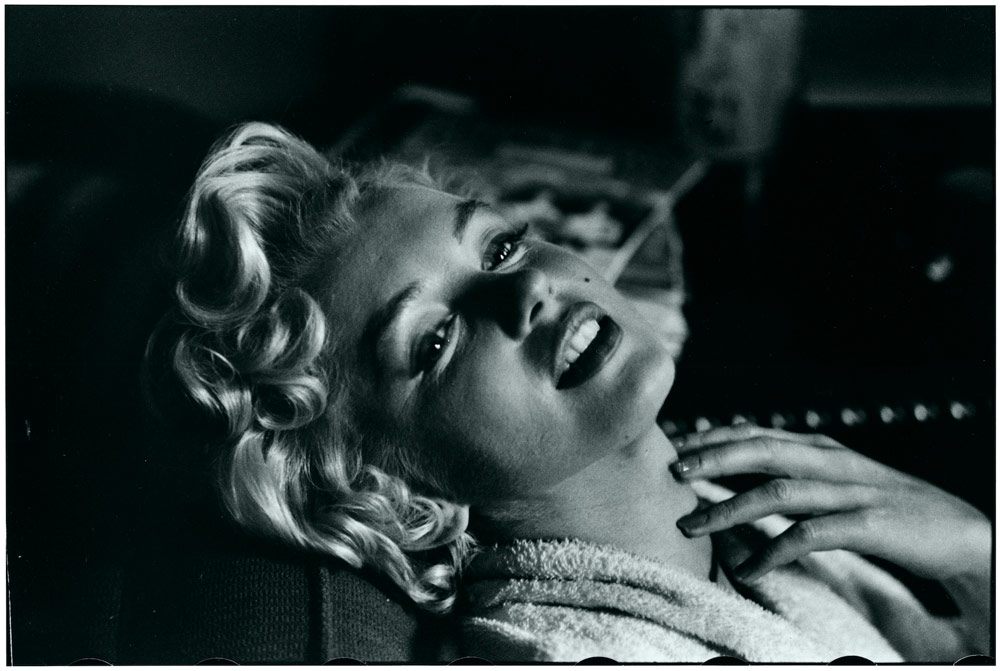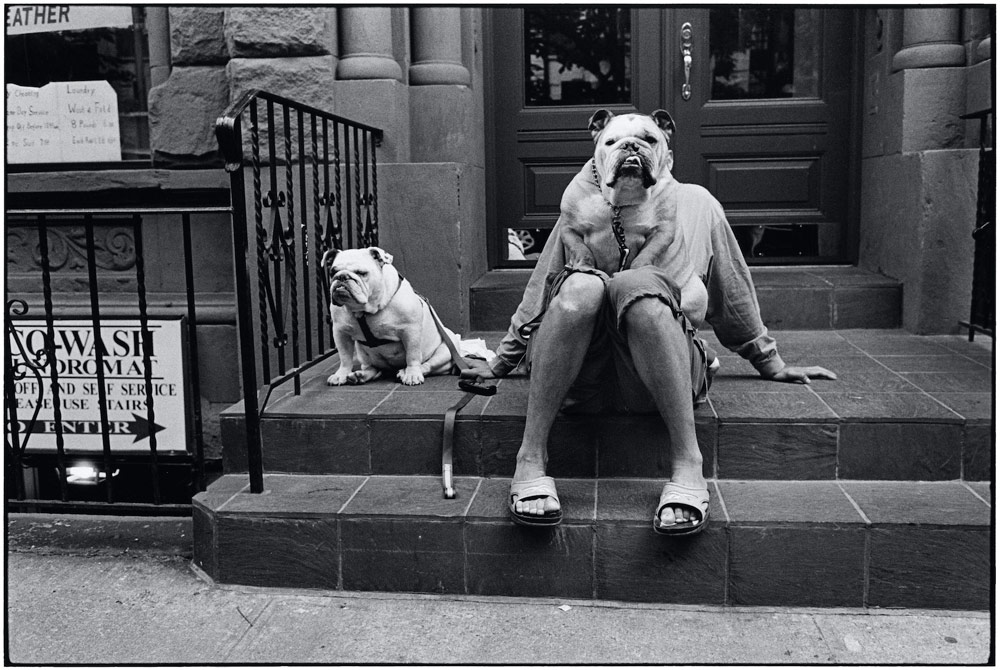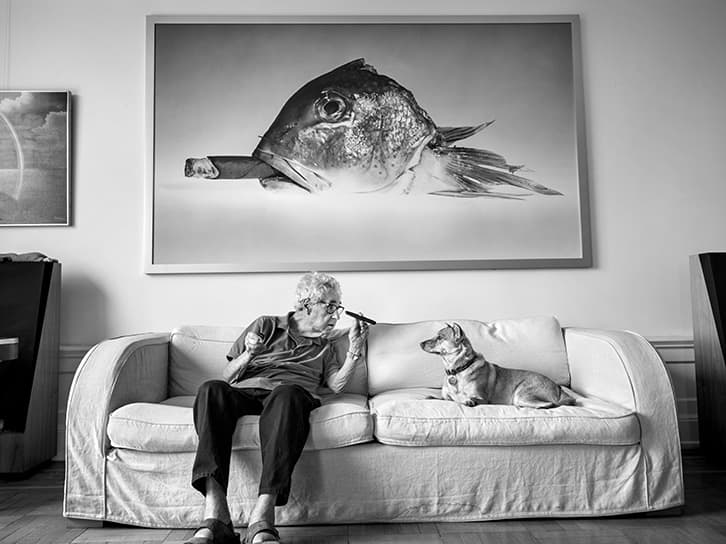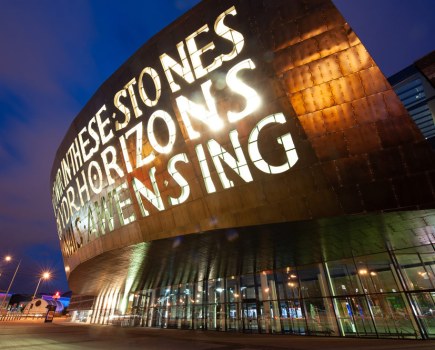One of the biggest names in street and portrait photography, Elliott Erwritt, has passed away at the ripe old age of 95.
Elliott Erwitt was a mercurial, enigmatic and sometimes mischievous figure who is often fondly remembered for his quirky photographs of dogs, but it’s easy to forget he was also a highly accomplished portrait photographer who shot some of the biggest names of the 20th century.
These include Marilyn Monroe and Che Guevara, along with a moving and memorable portrait of Jacquie Kennedy at the funeral of John F. Kennedy in 1963. The Monroe image, meanwhile, came about during a stint as a stills photographer on the set of the movie The Misfits, also starring Clark Gable.

Marilyn Monroe, New York City, 1956. Credit: Elliott Erwitt, Magnum Photos
Elliott Erwitt: right place at the right time
Erwitt was born in Paris to Russian parents, but moved to the US aged 10. He studied photography at the Los Angeles City College and also served in the US army from 1950-1953. His spell in the services was fortuitous, as he landed a job as a photographer’s assistant and went on to meet some really big names, including Edward Steichen and Robert Capa.
After doing commercial work for an oil company, Erwitt embarked on a freelance career and was invited by Robert Capa to join Magnum Photos in 1953 (he remained a lifelong member).
He did continue to take on some commercial commissions, a notable example being his work with the Macallan scotch whisky company in 2013.
Erwitt’s legacy
Rather than focussing on documentary or more lucrative work with celebrities and political figures, Erwitt very much followed his own muse as a photographer. He was drawn to ordinary moments that transcend time and circumstance – a good example being his iconic image of a couple kissing, captured in a car’s rear view mirror – as well as the surreal and humorous. His most recent honour was admission into the Leica Hall of Fame.

California USA 1955. Credit: Elliott Erwitt, Magnum Photos
‘You can find pictures anywhere,’ Erwitt observed. ‘It’s simply a matter of noticing things and organising them. You just have to care about what’s around you and have a concern with humanity and the human comedy… From time to time, you might produce an image that says something. That’s already enough.
Of course, it also doesn’t hurt when you happen to be in the right place at the right time.’
Dogs were another passion, generating some of his funniest and most affecting images. These continue to have a massive influence on street photographers.

New York City, 2000. Credit: Elliott Erwitt, Magnum Photos
Despite his reputation, Erwitt didn’t take himself or his art too seriously, and was notoriously reticent and self-effacing when it came to talking to the press. I interviewed Erwitt in 2014, and while courteous and friendly, his answers rarely stretched beyond one-liners – this proved quite a challenge when trying a fill a six-page feature!

New York City, 1999. Credit: Elliott Erwitt, Magnum Photos
As with many great photographers, he preferred to let his work do the talking. At the heart of Elliott Erwitt’s work is a deep compassion for people and animals, and we should all join in celebrating his amazing career and creative longevity.
Further reading
Leica award winners, Elliott Erwitt honoured
‘Modest Master’ photographer Elliott Erwitt wins Sony gong
Best camera for street photography
Best lens for street photography








